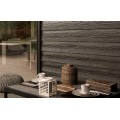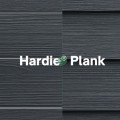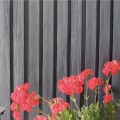Cladding | Weatherboards
Choose subcategory or scroll down to see products
CHOOSE MANUFACTURERS
No products matches with filters. Please clear filters.
Your quote list is empty!
Your shopping cart is empty!
Siding usually consists of weather-resistant material in the form of planks and accessories for quick and easy installation. The smaller dimensions of the planks would allow for expansion and contraction due to moisture and temperature changes. There are two standard methods of siding installation, the traditional overlap, and the newer and groove flush siding. Both these methods use the ventilated rainscreen principle - air can flow in at the base of the system, behind the cladding and then out, over the top siding system. This air flow behind the siding enables the system to remove moisture and to keep the walls dry, thus creating a more comfortable living environment.
Advantages
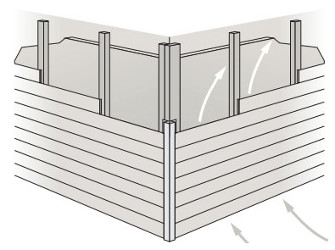
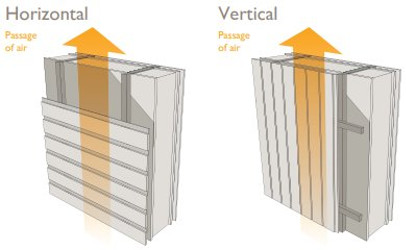
Types of weatherboarding
Overlap Method
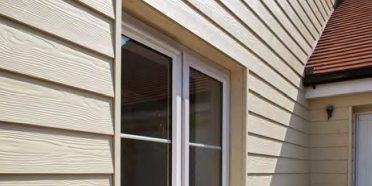
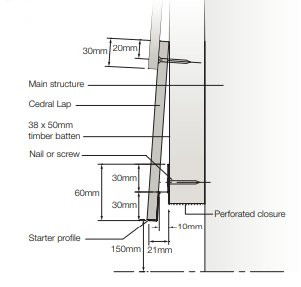
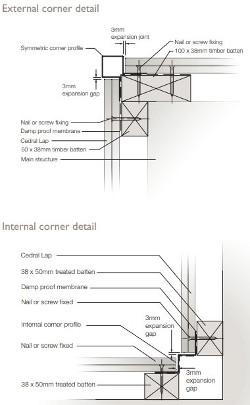
The weatherboard planks are laid horizontally across the wall on vertical battens, starting from the bottom, and building up, the board below overlapped by the board above it at least by about 30mm. It is preferable that weatherboarding planks are installed horizontally, as rain can flow down the front face of one plank onto the one beneath. If the planks are installed vertically, you might come across a problem of water flowing down through joints. Also, you have to ensure that the plank overlaps be arranged away from the prevailing wind.
Installation
Flush tongue and groove method
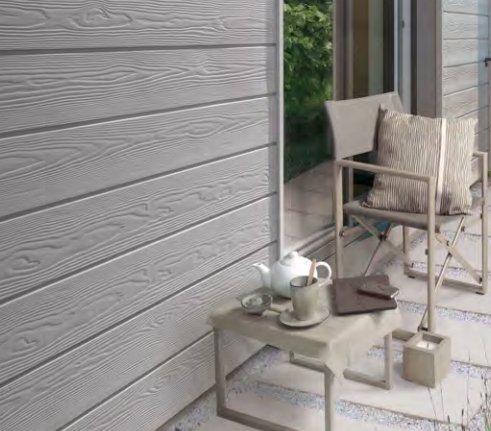
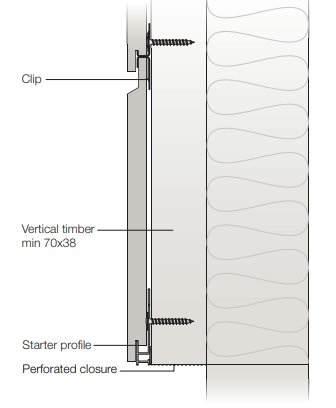
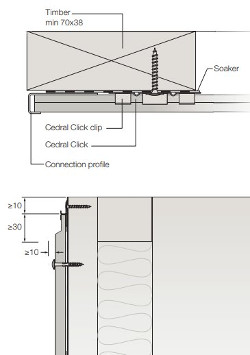
The weatherboard planks are fixed on top of each other, the tongue pushed into the groove. This gives a flush effect. Water would flow down much faster, without stopping at the joints. They can be fixed horizontally and vertically, but the preferable choice is the horizontal installation.
Installation
No products matches with filters. Please clear filters.

